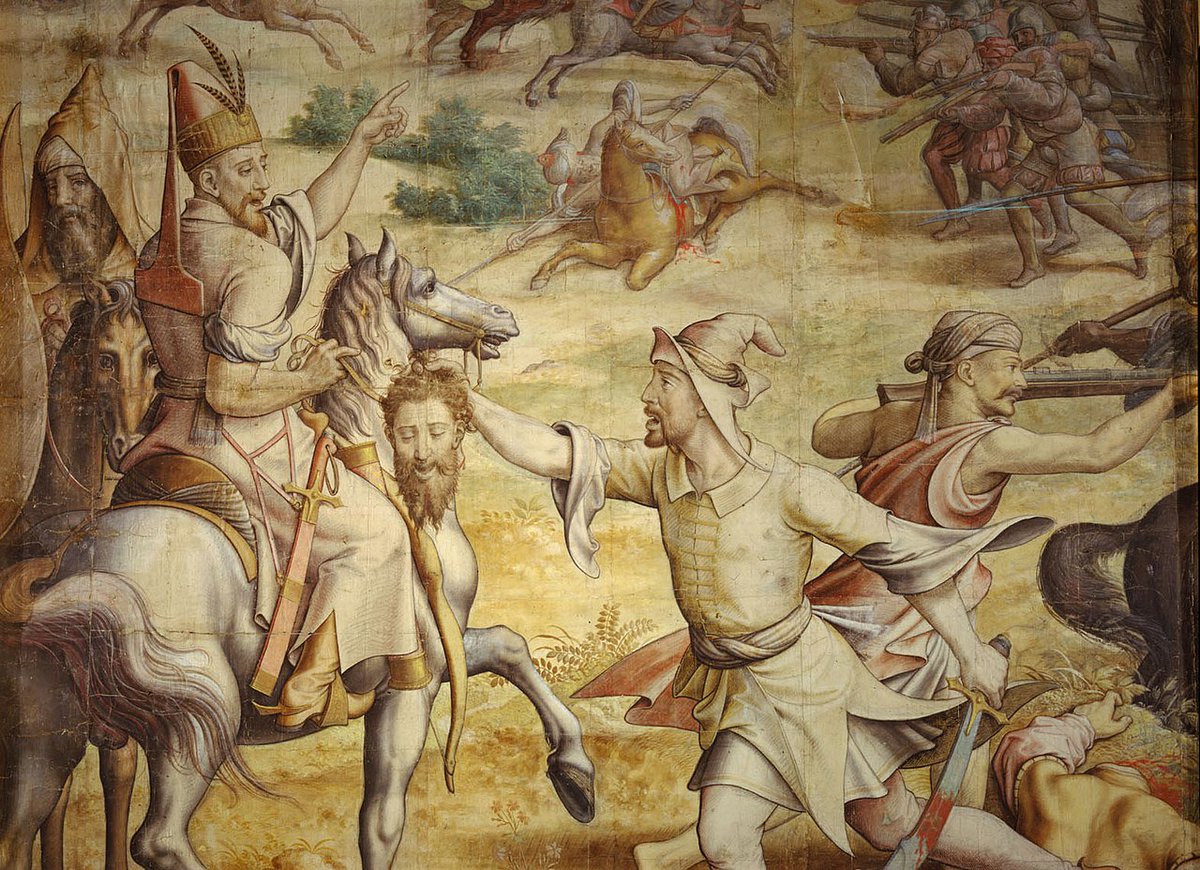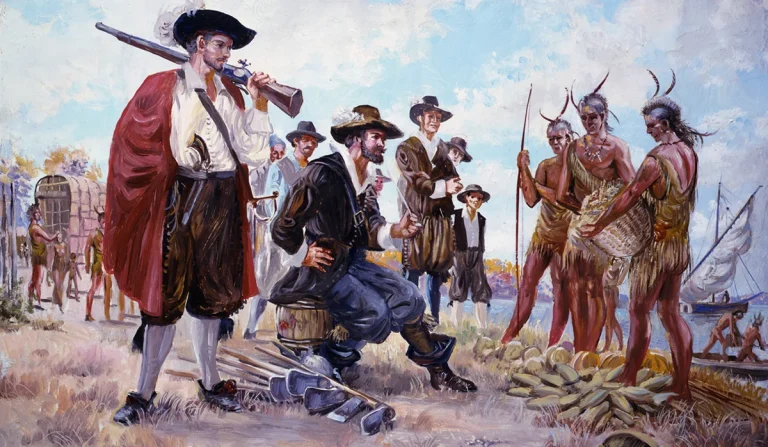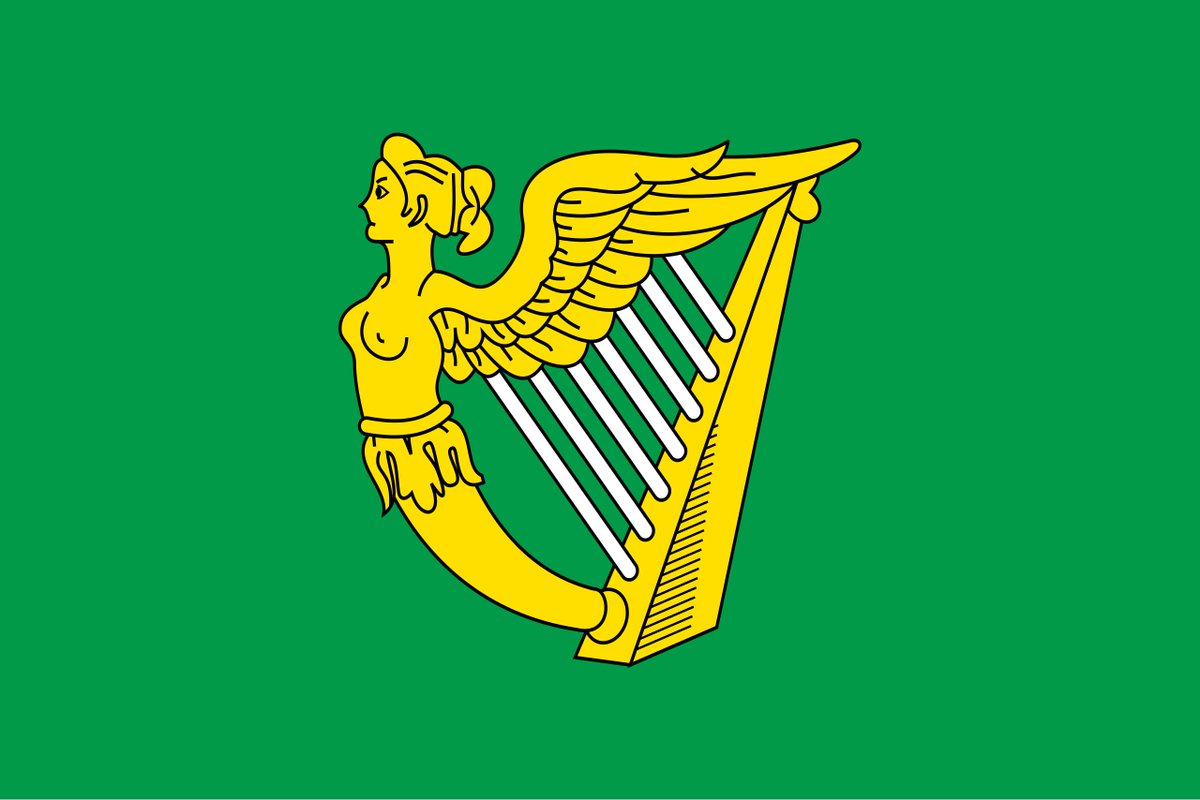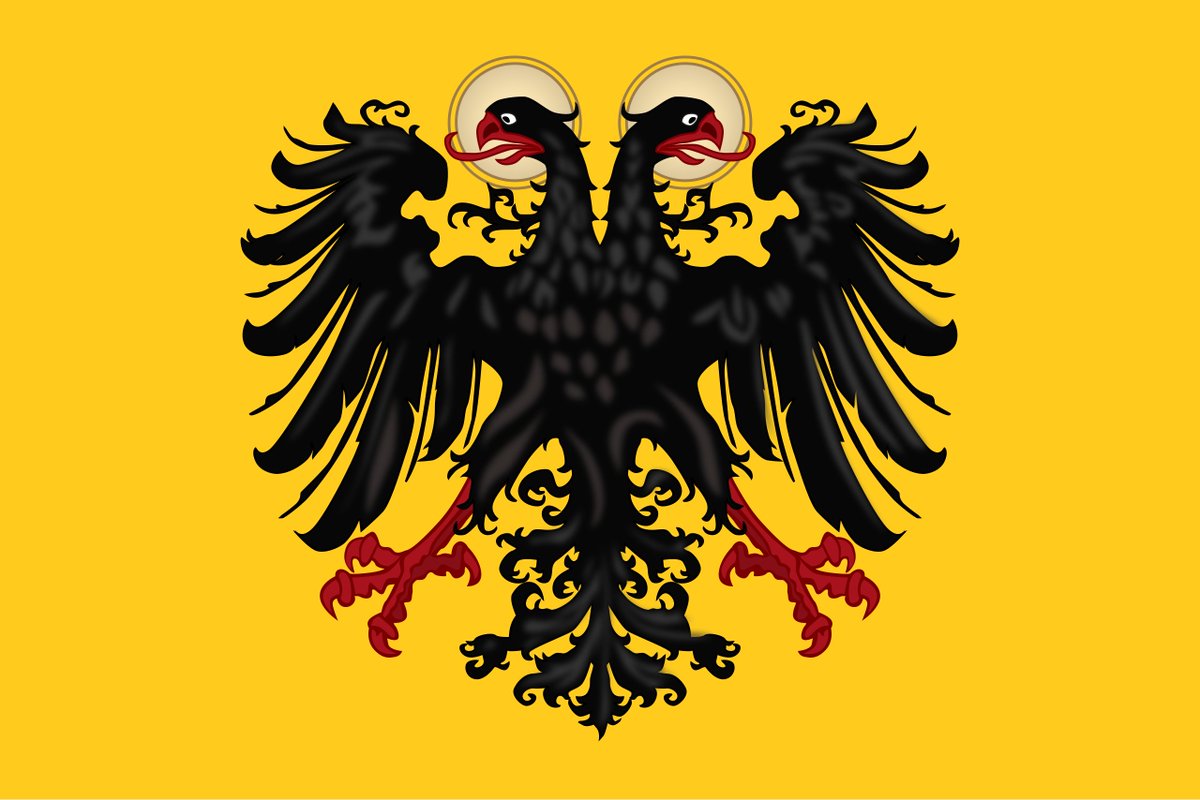The Empire of Charles V fought many wars, but there was one campaign in which the Emperor himself showed immense courage and valor, the 1535 conquest of Tunis! Viewed by many as the last crusade, this triumphant campaign brought him much glory and prestige all over Europe! 



Charles V of the illustrious Habsburg dynasty ruled over a vast Empire stretching from Hungary and Bohemia to the shores of the New World and further to the Andes. He carried the ambition of the Holy Roman Empire started by Carolus magnus imperator into the renaissance era. 



European Christendom was far from united, however. Engaged in the brutal Italian wars that had lasted for decades and struggling with the rise of Protestantism, the Imperial might of Charles V was challenged by many, most notably the powerful Kingdom of France ruled by Francis I. 

The threat from the outside in the form of the Ottoman Empire was growing ever stronger as well. To make it even worse, France decided to abandon its allegiance to Christendom and made an informal alliance with the Mohammedan Ottomans against the common enemy Charles V! 

In the 1520s, the Imperial army with its elite Landsknecht mercenaries was able to defeat both, beating the French at the famous 1525 battle of Pavia and defending Vienna against a huge Turkish invading army in 1529. In the 1530s, however, the Ottomans would threaten from sea! 



The Ottoman Empire was able to build large fleets and had a seemingly unlimited manpower. Despite this, it suffered some setbacks until the mighty Sultan Suleiman realized that he also needed an experienced and capable commander to lead his navy against the Christians. 

This experienced commander was Hayreddin Barbarossa. A veteran corsair pirate, he was entrusted the large Ottoman navy to pillage and attack the Christian lands. Encouraged by French allies, he mercilessly raided Italy with great success, terrorizing the Italian Christians! 





In 1534 Emperor Charles V realized that the Ottoman pirate raids were a huge threat as Hayreddin Barbarossa captured Tunis from the Hafsid sultan Mulay Hassan. Charles V feared that Tunis could be used as a base for a potential Ottoman invasion of south of Italy. 



In response, the Emperor decided to organize a massive campaign to capture Tunis and destroy this nest of pirates and their famed commander Hayreddin Barbarossa. He knew that a campaign of a very large scale would be needed to accomplish that feat, a true crusade! 

Charles V called on his vast domains to provide money and raise an army. At the same time, he needed to be secretive enough about his plans so that they wouldn't reach the French king Francis I who would tip of his Turkish allies of the Christian attack. 

The Spanish were the most enthusiastic to answer the call and Spanish warriors and Spanish galleys would be the backbone of this operation. For them, this was a continuation of the reconquista spirit of their ancestors! Many German and Italian mercenaries also joined. 



The main problem was the money. Charles V would need around one million ducats for this ambitious enterprise! The money eventually came but from an unlikely place very far away - from the Spanish conquistador Francisco Pizarro who had just subjugated the Inca Empire in the Andes! 



Pizarro held the last ruler of the Incas Atahualpa captive and extracted immense quantity of gold for his ransom, then strangled him anyway. He sent 1.200.000 ducats worth of gold to Europe for "the holy enterprise of war against the Turk, Luther and other enemies of the faith!" 



With the gold of the New World financing the war of the Old World, the crusade was ready to go. So many magnificent ships from all over Europe arrived with crusaders. The Knights of Saint John came from Malta in their great carrack, the Saint Anne, the largest ship in the world! 





The Portuguese and the Pope also sent ships. In early June 1535, the armada assembled off the coast of Sicily: 74 galleys, 300 sailing ships, 30000 men! Charles V was on a ship worthy of his position - a quadrireme, an immense and splendorous galley rowed by four men to a bench. 

Charles V's fleet arrived near Tunis on June 20 1535. Tunis was an imposing ancient city inhabited by around 80.000 people protected by a shallow circular saltwater lake which was only accessible through a narrow canal that was defended by a major fortress called La Goletta. 

To conquer the city, Charles would have to conquer the fortress of La Goletta and then face the city walls as well. He knew that this was a very difficult siege and that he would have to show a lot of personal courage to lead his troops, at the risk of his own life! 



Barbarossa already knew from his spies that the Christian army was approaching and was well prepared. Furious bombardment started from La Goletta as the Imperial army was attacking the Mohammedan fortress from both land and sea. 



As the Imperial soldiers inspected the Moorish cannonbals they were shocked at what they saw! Many of them bore French markings such
as the fleur-de-lis and Francis' motto Nutrisco et extinguo. This was the ultimate sign of betrayal of Christendom from their hated French enemies!

as the fleur-de-lis and Francis' motto Nutrisco et extinguo. This was the ultimate sign of betrayal of Christendom from their hated French enemies!


The situation was hard for the Imperial army as volatile weather changed from sandstorms to heavy rains and finally to heat. Drinking water was soon in short supply. Tensions also increased in Charles' international army between the Spanish, the Italians and German Protestants. 

This was the point where true leadership was needed and Charles provided it, showing courage, rallying his men and often exposing himself to enemy fire! On July 14, the decisive assault took place starting at dawn with heavy bombardment of La Goletta from 70 ships. 



As one of the towers of La Goletta came down, the Spanish and knights of Malta made a combined attack from land and shore with assault ladders. The Imperial soldiers poured over the walls and conquered the mighty fortress. Now the walls of the city of Tunis awaited them! 



Inside the city, Barbarossa was worried. While he still had a much larger force than the Christians, he was unsure of the morale and loyalty of his local Moorish and Arab men. There was also a large number of Christian slaves in the city, thousands of them, who could revolt. 



Barbarossa proposed to kill the Christian slaves, but the men around him protested. They were slave-owners who were not keen on losing their wealth. Barbarossa finally decided to fight fire with fire and attack the enemy army outside of the city gates with his larger force! 



Barbarossa felt that the Christian army would be exhausted from heat and thirst. But his judgement was wrong, as this condition only made the Imperial army more motivated as they were desperate to reach the wells in the city! Charles V also had a very disciplined and elite army. 

The battle for Tunis was fierce and Charles V led his men bravely. He had his horse shot from beneath him, and his personal page was killed by his side! As the Imperial army was winning the battle, the Christian slaves mutinied inside the city walls! 

Charles V entered Tunis in full glory and splendor as a mighty conqueror! He gave his men the traditional three days of plunder. His men brutally massacred the inhabitants of the city, killing as many as 30000 of them as revenge for piracy! In wars like this, no mercy was shown! 

Christian victory at Tunis echoed over Europe in glory. The contemporary historian Paolo Giovio wrote to Charles V, "Your glorious and incomparable victory at Tunis seems to me, by my faith as a Christian, to have a dignity that far surpasses all others of everlasting memory." 

While the battle was won, the war was far from over. The notorious naval commander Hayreddin Barbarossa escaped and would soon return to pester the Christian lands again! The alliance between Ottomans and the French strengthened and became formal as both wanted revenge! 

Nevertheless this battle was very important for morale of the Christendom and it increased the prestige of the Emperor greatly. The triumph was documented by artist Jan Vermeyen who was present at Tunis to witness the battle. Tapestries in this thread are mostly from him! 

My main sources:
James Reston, Defenders of the Faith: Charles V, Suleyman the Magnificent, and the Battle for Europe, 1520-1536.
Roger Crowley, Empires of the Sea: The Siege of Malta, the Battle of Lepanto and the Contest for the Center of the World.
James Reston, Defenders of the Faith: Charles V, Suleyman the Magnificent, and the Battle for Europe, 1520-1536.
Roger Crowley, Empires of the Sea: The Siege of Malta, the Battle of Lepanto and the Contest for the Center of the World.
• • •
Missing some Tweet in this thread? You can try to
force a refresh







































